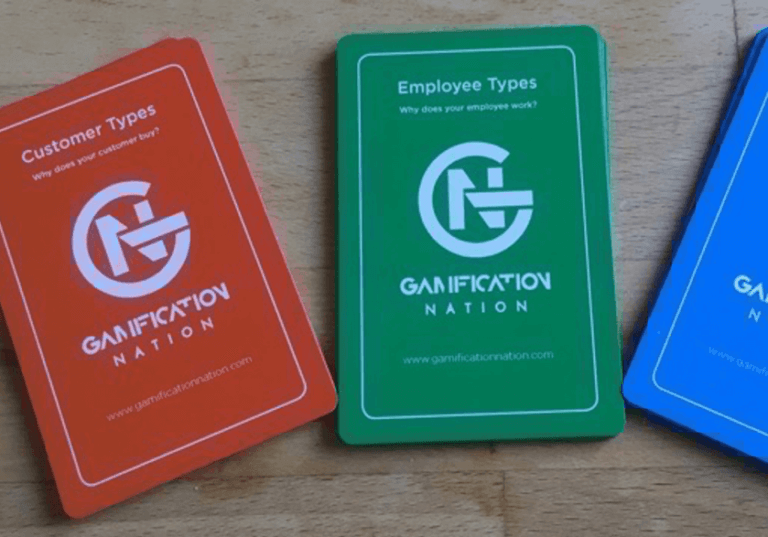Feminine gamification viewpoint: beating the status quo
Everyone (I guess that is my assumption) knows there is a pay gap between men and women. Young Youtube star Issa Rae broke it down in a short and entertaining video:
[video_player type=”embed” width=”640″ height=”360″ align=”center” margin_top=”0″ margin_bottom=”20″]![]() [/video_player]
[/video_player]
Now the thoughts expressed focus in on the US, but the differences in the rest of the world follow similar patterns. The children ask questions and in their minds it isn’t fair, the adult answer is “that’s how it has always been”. Having worked in transformation and change for most of my career, keeping a status quo alive does absolutely nothing for employee engagement. Wage banding also was not the answer, which we know from the public sector.
One example of making wage setting a group activity by the actual people performing the jobs with view of the full financial picture and impact on costs and profitability has been implemented by Semco in Brazil. They got rid of hierarchy and everyone had equal votes to elect a leader and to give input in their pay and salary but also that of their peers. One of the core thoughts behind it is to create other success measures than just monetary ones. Personally I also believe it is at this level the gender pay gap originates from self-perception and ideas on success which differ largely between men and women.
Imagine a gamified system of deciding on pay, where each employee has one vote. A decision calculator which shows you the impact in increases and decreases on profitability and potential to invest in future developments. Everyone can apply for a salary increase and the group decides, no lobbying allowed as part of the game. I could imagine a rule that you can only apply a number of times per year and that you can also recommend a colleague to have an increase due to fabulous performance on a very specific project. Making it peer-to-peer recognition as well as transparent in view of the companies progress. I would even suggest that the peer group also takes a vote on new strategies and developments with assistance of virtual simulation and decision calculators that show the impact of their choices, so everyone can make an educated decision.
What else would you put in to this kind of gamification to make it work in your organisation?


